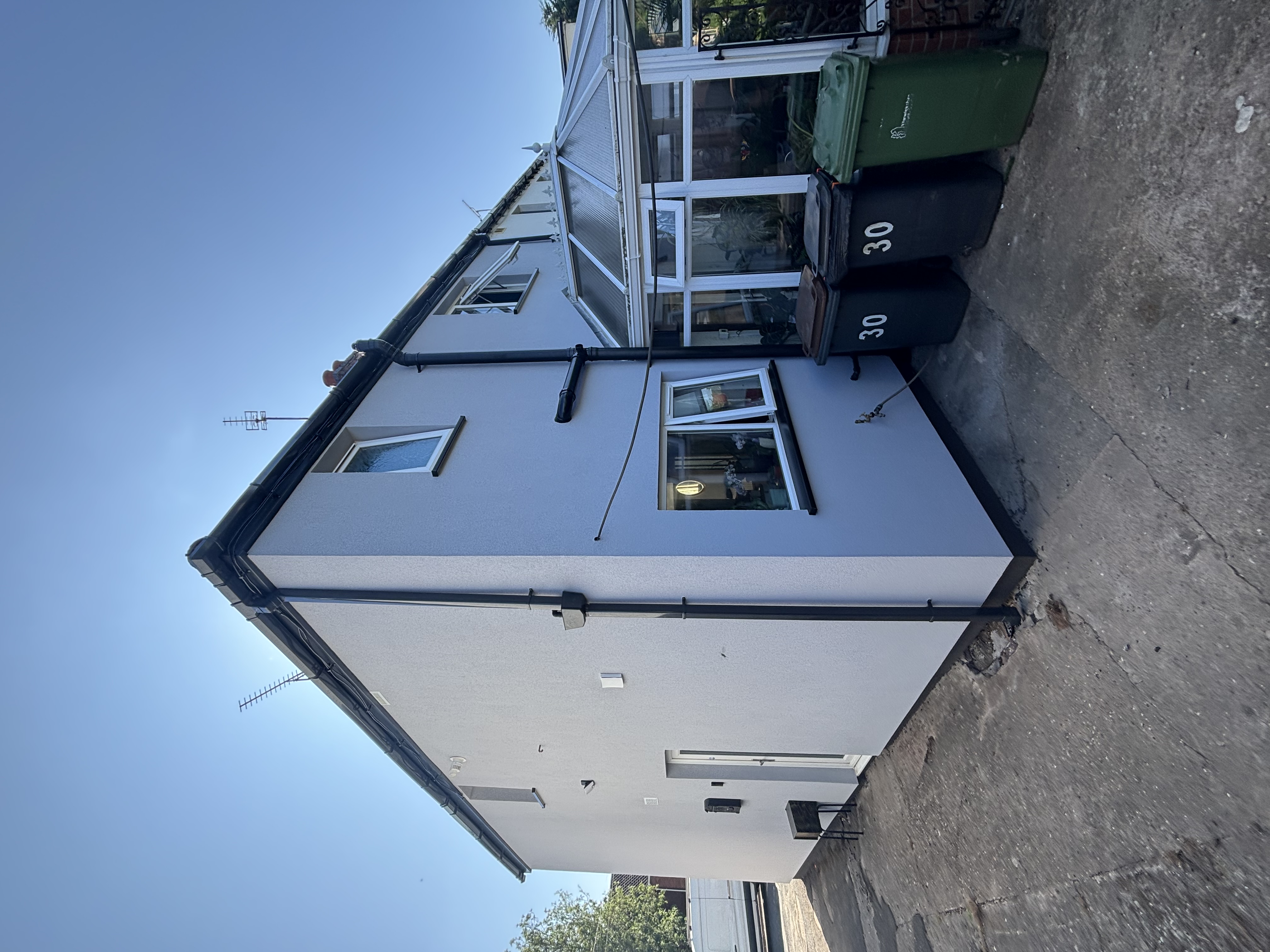
House Insulation with EPS Boards. Insulating the external walls of a home is a very important issue. It can significantly lower energy bills while giving the facade a fresh look. And those are not its only advantages.
25% of energy loss in a home is caused by poor wall insulation. If your house was built before the 1920s, it's almost certain that it requires thermal modernisation. This may also be necessary for newer buildings if too thin an insulation layer was applied during construction. In some houses (e.g., those with a heritage facade), external thermal modernisation isn't possible, and the work needs to be carried out inside the building. In the UK, most homeowners opt for external wall insulation.
In this article, we’ll delve into external wall insulation using EPS boards. You’ll learn what EPS insulation is, how EPS is made and installed, what the benefits of EPS insulation are, and when the best time is to insulate the house with EPS boards.
Expanded Polystyrene (EPS) insulation, a foam-based insulating material, is widely used in both residential and commercial properties. This type of insulation is notably rigid compared to other, more flexible insulating substances. EPS insulation is adept at coping with extreme temperature variations and offers sound reduction benefits. Distinct from other insulating materials, it is waterproof and boasts an impressively long lifespan. These attributes contribute to making polystyrene insulation a particularly effective and popular choice within the building sector.
EPS is created from solid beads of polystyrene, which are designed to expand. This expansion occurs due to the small quantities of gas trapped within each bead. When exposed to heat, typically in the form of steam, the gas inside the beads expands, resulting in the formation of the closed-cell structure characteristic of EPS.

EPS insulation, commonly used in External Wall Insulation (EWI) systems, is installed using a methodical approach to ensure optimal thermal efficiency and durability. The process typically begins with the preparation of the external wall surface to ensure it is clean, dry, and free from any defects.
The EPS boards are then carefully measured and cut to fit the specific dimensions of the wall. These lightweight boards are easy to handle, making the installation process relatively straightforward. The adhesive is applied either directly to the wall or the back of the EPS boards, depending on the specific system being used. The boards are then positioned onto the wall, ensuring a tight fit with no gaps, as this could compromise the insulation’s effectiveness.
Once the EPS boards are securely in place, mechanical fixings are often added for additional stability, especially in areas prone to harsh weather conditions. This is crucial to prevent any movement of the boards over time.
The next step involves applying a basecoat layer over the EPS boards, followed by a reinforcement mesh that provides strength and impact resistance to the system. Finally, a decorative topcoat or render is applied, which can be chosen to match the aesthetic of the building.
The installation of EPS insulation in EWI systems not only enhances a building’s thermal performance but also contributes to a fresher external appearance. Correctly installed EPS insulation can significantly reduce energy bills and improve the overall comfort of the property.
When dealing with a newly built building, it's advisable to wait with the insulation until all the structural elements of the walls have dried out. Insulating a house right after construction can slow down the evaporation of moisture from the walls, which may adversely affect the building's insulation properties.
But what about a house with solid walls that requires thermal modernisation? To develop a home project with building insulation, it's wise to first conduct an energy audit, including a thermal imaging study of the property. The results will indicate the areas where the most heat is being lost.

After 15 years in the field, we can confidently say that properly installed EPS insulation boards are a valuable asset to any property. EPS insulation provides a host of advantages, including enhanced energy efficiency, heightened comfort, and a diminished carbon footprint.
Discover more advantages that EPS insulation can bring to your home and contact our specialists today for more information, or simply get a FREE quote here

